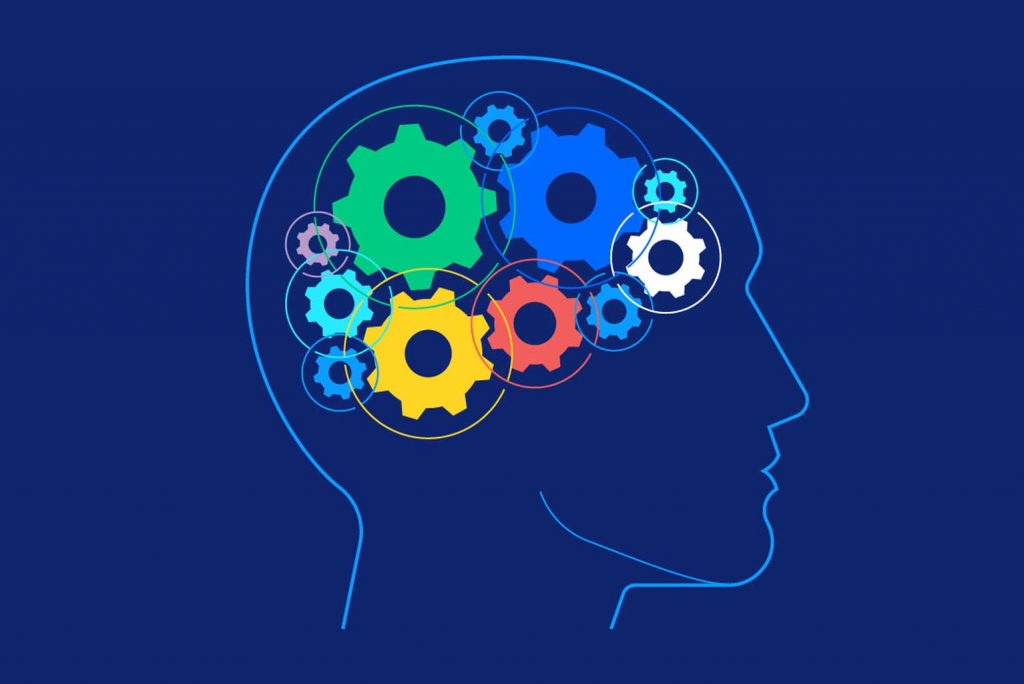Design psychology is the study of how human beings perceive and interact with the designs around them. It is an essential aspect of web design and graphic design, as the designs created for these mediums are intended to communicate a message and elicit a specific response from the audience. In this article, we will explore the principles of design psychology and how they apply to web and graphic design.
Visual Hierarchy
Visual hierarchy is the arrangement of elements in a design to guide the viewer’s eye to the most important information first. In web design, the most critical information is typically placed at the top of the page or in a prominent position to capture the viewer’s attention. Graphic designers use visual hierarchy to create a clear visual path for the viewer’s eye to follow, ensuring that the most important message is communicated effectively.
Color Psychology
Color is an essential aspect of design psychology, as it can evoke strong emotions and convey meaning. Web designers use color psychology to create a specific mood or feeling for the website. For example, blue is often used to convey a sense of calmness and professionalism, while red is associated with excitement and urgency. Graphic designers also use color psychology to convey a message or communicate a specific emotion through their designs.
Typography
Typography refers to the selection, arrangement, and presentation of text. Web designers use typography to create a hierarchy of information on a page, making it easier for the viewer to scan and read the content. Graphic designers use typography to convey a specific message or emotion through the use of different fonts, sizes, and styles.
User Experience
User experience (UX) refers to how a person feels when interacting with a website or design. Web designers focus on creating a positive user experience by making the website easy to navigate, visually appealing, and informative. Graphic designers also focus on creating a positive user experience by ensuring that the design is easy to read and understand.
Branding
Branding is the process of creating a unique identity for a product or service. Web designers use branding to create a consistent look and feel for a website, making it easy for users to identify the brand. Graphic designers use branding to create a consistent visual identity for a company, making it easy for users to recognize the company’s products and services.
Design psychology is a critical aspect of web and graphic design. Understanding how humans perceive and interact with designs can help designers create more effective designs that communicate a clear message and elicit the desired response from the audience. By applying the principles of visual hierarchy, color psychology, typography, user experience, and branding, designers can create designs that are both visually appealing and effective.

